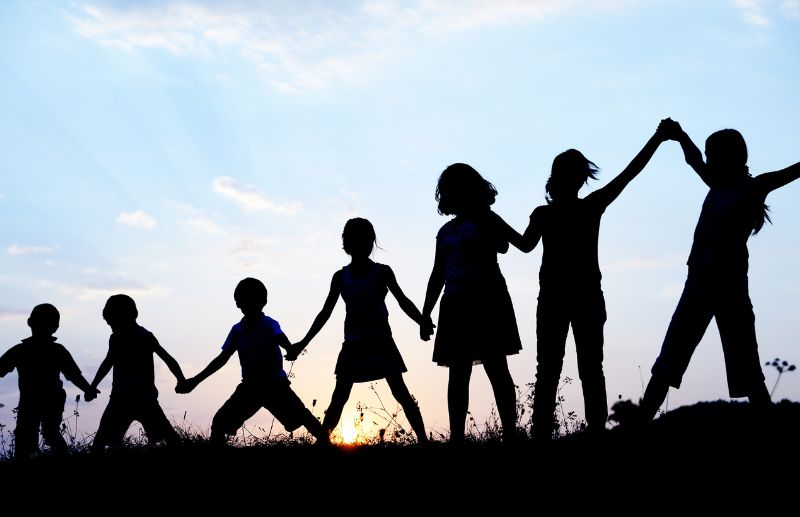Site navigation
by President of the Human Rights and Equal Opportunity Commission John von Doussa QC Human Rights Medal and Awards Ceremony Sheraton on the Park Hotel, Sydney
by President of the Human Rights and Equal Opportunity Commission John von Doussa QC Human Rights Medal and Awards Ceremony Sheraton on the Park Hotel, Sydney
The first is that HREOC has been suggesting for a considerable time that there needs to be renewed public debate on whether Australia should have a charter of human rights of some sort. It seems that the launch of the New Matilda campaign will give momentum to such a debate. A lot has changed, both nationally and internationally since the unsuccessful attempts of the 1970s and the 1980s to interest Australians in a bill of rights. As is so often said, Australia has now become the only major Western democracy that does not have a bill of rights.
I also want to make mention of the fact that we are 130kn south west of an area of great significance to the Aboriginal communities of western NSW, which is now called Mutawintji National Park - the first park to be handed back to its Traditional Owners under the NSW National Parks and Wildlife Act in 1998. [1] The caves and overhangs in the park have been transformed into expansive galleries of Aboriginal rock art, and it comes as no surprise that they have formed the backdrop for ceremonies for at least 8,000 years.
Being a young person can be tough. Sometimes it can feel like you don’t have a say about things that affect you. But you do! Having a say is one of your rights. Understanding your rights will give you the power to stand up for yourself and the people around you. So, let’s break down what children’s rights are.
Human rights are special protections that help us live a happy, healthy life. Human rights protect the things that we should all have—like clean water and safety. Your rights should always be respected and never taken away from you.
Human rights are universal and equal. Which means:

Children have special rights to meet their special needs. They are written down in an agreement made by world leaders in 1989—the United Nations Convention on the Rights of the Child.
The following opinion pieces have been published by the President and Commissioners. Reproduction of the opinion pieces must include reference to where the opinion piece was originally published.
Good morning friends, supporters, Dr’s Peter Toyne and Lester-Irabinna Rigney and distinguished guests. I would also like to acknowledge my Indigenous sisters and brothers who have travelled here to be with us and to share your experiences and stories.
I would like to begin by acknowledging all of the Ngunnawal peoples - the traditional owners of the land where we are meeting over the coming days. I pay my respects to your elders and to the ancestors.
I would like to thank Professor Larissa Behrendt, Professor Martin Nakata, the Jumbunna Indigenous House of Learning, and the Reconciliation Working Party at the UTS, for hosting this event. And I acknowledge my distinguished fellow speakers.
OPENING THE DOOR: INVOLVING ABORIGINAL AND TORRES STRAIT ISLANDER PEOPLES IN SCHOOL EDUCATION GARMA FESTIVAL PRESENTATION TOM CALMA: ABORIGINAL AND TORRES STRAIT ISLANDER SOCIAL JUSTICE COMMISSIONER I would like to acknowledge the Yolngu people on whose land we are today. I would like to thank you and Charles Darwin University for inviting me to speak at this Garma festival where we celebrate the Yolngu culture and world view. It is relevant to be talking about culture in relation to education as culture and literacy go hand in hand; one augments the other.
Today's launch here in Sydney is part of a national program of launches that I have been undertaking in recent weeks in order to bring issues of human rights significance raised by my latest social justice and native title reports to the attention of Indigenous and other interested communities and organisations. So far, launches have been held in Melbourne, Perth and Broome, with launches in the next week in Alice Springs and Adelaide; to be followed by Brisbane and Darwin after that.
It is a very great honour for me to be invited to give this third lecture in commemoration of the great Aboriginal mathematician and scientist, David Unaipon.
I want to start, though, by talking for a few minutes about the broader legislative context under the Disability Discrimination Act and about what all of this is for in terms of achieving access and inclusion.
On 16 December 1992, the General Assembly of the United Nations appealed to Governments around the world to observe 3 December of each year as International Day of people with disability. This is a day to celebrate abilities of people with disability all over the world. The aim of observing this day each year is also to increase awareness, and understanding, of disability issues and the gains to be derived from the integration of people with disability in every aspect of life. The nomination and celebration of this day is an important tool in promoting the rights of people with a disability.
I'd also like to acknowledge Brian Rope's many years of contribution to the disability sector, and wish him well in retirement, and wish Nicole Lawder success as she moves into the CEO's role.
Dr Sev Ozdowski OAM Human Rights Commissioner and Disability Discrimination Commissioner Human Rights & Equal Opportunity Commission, Sydney, Australia
Visit our media centre for up to date contact details for all media enquiries.